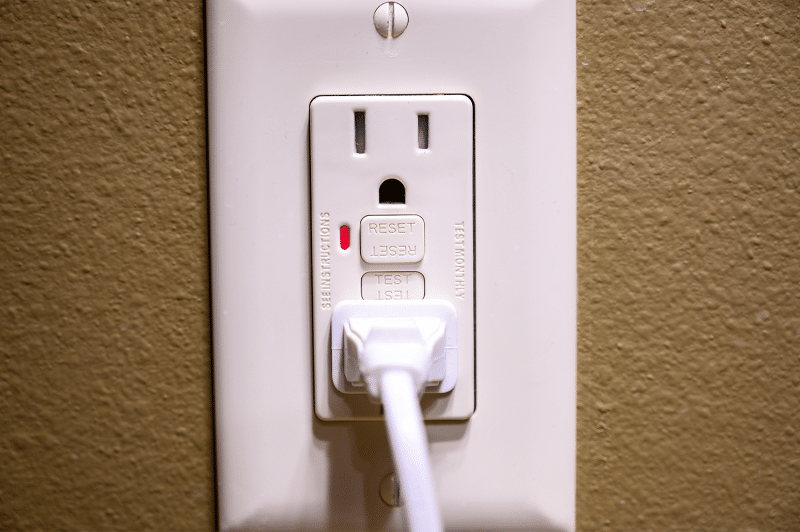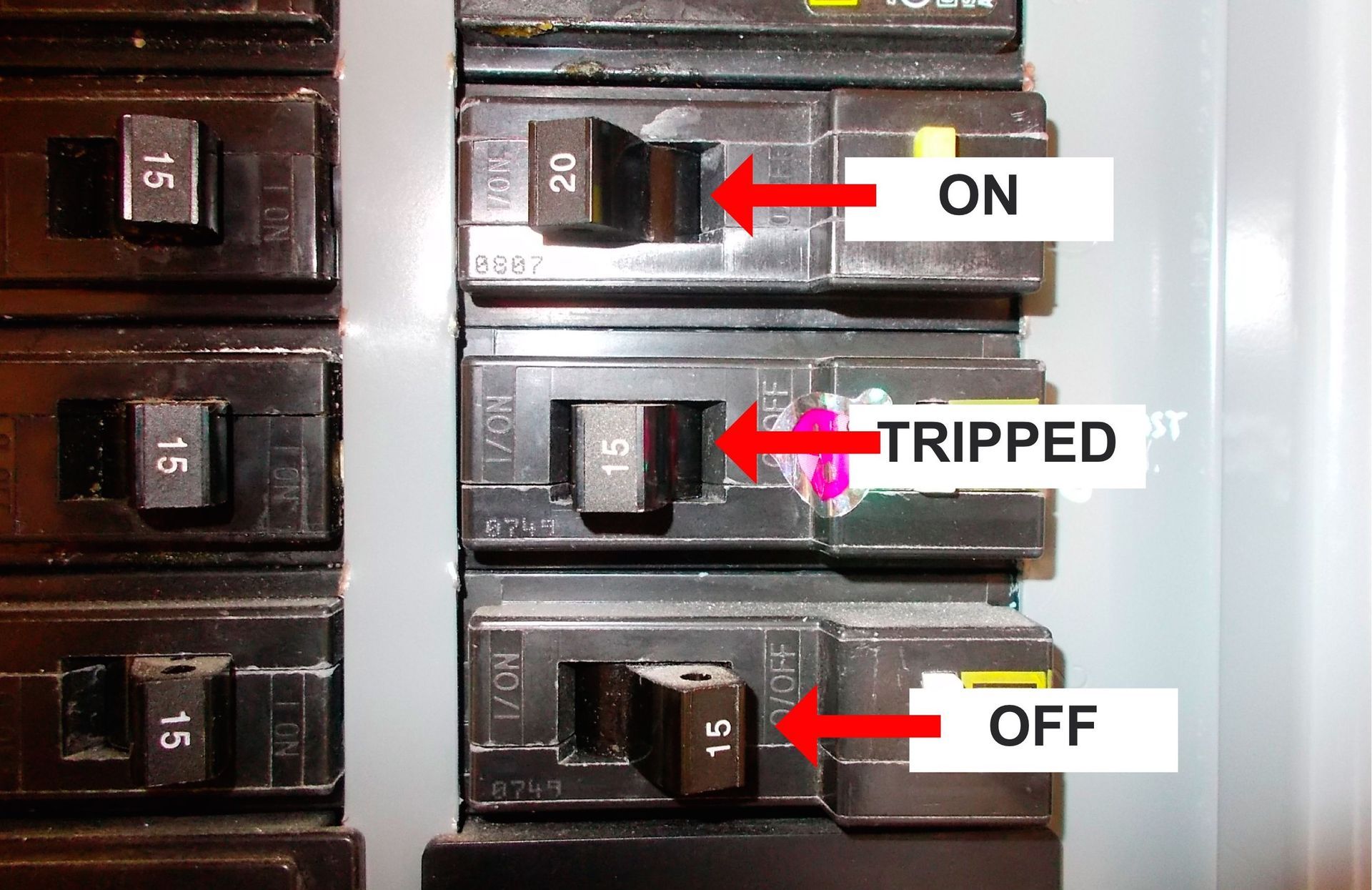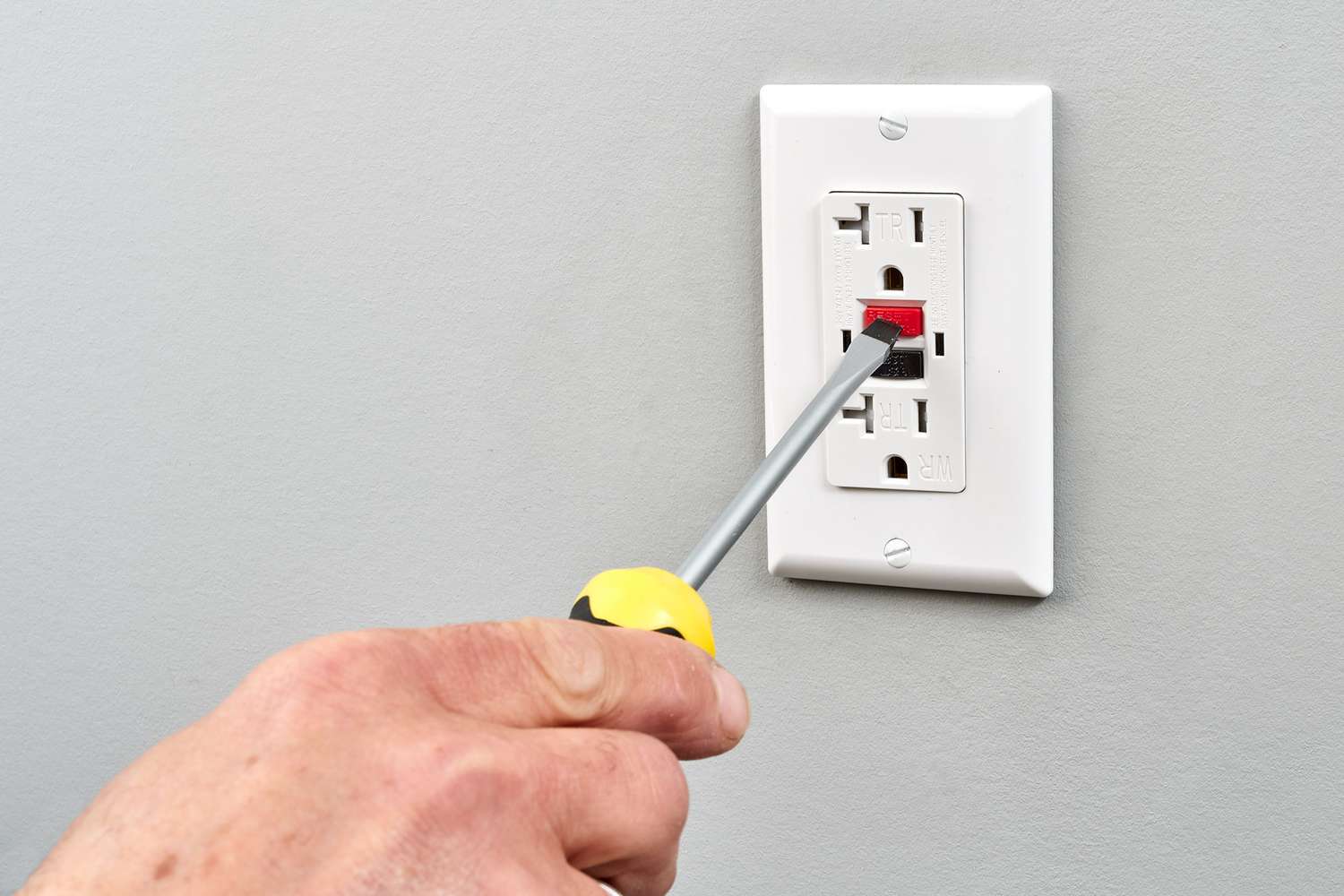Why Does My Gfci Breaker Keep Tripping

Ground Fault Circuit Interrupters (GFCIs) are essential safety devices designed to protect individuals from electrical shock. These breakers continuously monitor the electrical current flowing through a circuit, and if it detects an imbalance – indicating current leakage to ground – it quickly trips the circuit to prevent electrocution. A GFCI breaker that repeatedly trips signals a problem, and while frustrating, it's a vital warning that shouldn't be ignored. Understanding why your GFCI breaker keeps tripping is critical for both homeowners and HVAC professionals alike. This article will explore the common causes, troubleshooting tips, and the career implications of mastering electrical safety in the HVAC field.
Understanding the Basics: What is a GFCI Breaker?
A standard circuit breaker protects against overloads and short circuits. A GFCI goes further, detecting even small imbalances in current flow, as low as 5 milliamps. This sensitivity makes it crucial in areas where water and electricity may come into contact, such as bathrooms, kitchens, outdoor outlets, and especially around HVAC systems. HVAC equipment, particularly outdoor units, are exposed to moisture and are therefore frequently connected to GFCI-protected circuits.
How it Works: A GFCI compares the current flowing to and from an appliance or outlet. If the difference exceeds the threshold (typically 5mA), the breaker trips in milliseconds, cutting off the power and preventing a potential shock. This rapid response time is why GFCIs are so effective at preventing serious injury.
Common Causes of a Tripping GFCI Breaker
Pinpointing the exact cause of a tripping GFCI requires a systematic approach. Here are some of the most frequent culprits:
1. Ground Faults
The most common reason a GFCI trips is, as the name suggests, a ground fault. This occurs when electricity strays from its intended path and finds an unintended route to ground. This can happen due to:
- Damaged Wiring: Frayed or cracked insulation can expose wires, allowing them to come into contact with grounded metal surfaces (e.g., conduit, appliance chassis).
- Moisture Intrusion: Water is an excellent conductor of electricity. Leaks, condensation, or even high humidity can create a path for current to leak to ground. This is particularly relevant for HVAC systems where condensation lines, drain pans, and outdoor exposure are common.
- Faulty Appliances: A malfunctioning appliance with internal grounding issues can also cause a GFCI to trip. Even seemingly minor issues in the appliance’s internal wiring can create a path to ground.
2. Overloaded Circuit
While GFCIs are primarily designed to detect ground faults, they can also trip if the circuit is overloaded. An overloaded circuit occurs when too many devices are drawing power from the same circuit, exceeding its capacity. While a standard breaker is the primary line of defense here, an overloaded circuit can also cause fluctuations that a GFCI interprets as a ground fault.
Example: Plugging multiple high-wattage appliances (e.g., space heater, window AC unit, microwave) into outlets on the same circuit can overload the circuit and cause the GFCI to trip.
3. Neutral-Ground Faults
This less common but equally problematic issue arises when the neutral wire in a circuit is inadvertently connected to the ground wire. This can occur due to improper wiring, loose connections, or damage to the wiring system.
4. Arc Faults
While technically Arc Fault Circuit Interrupters (AFCIs) are specifically designed for this, severe arcing can sometimes trigger a GFCI, especially if it creates a significant ground fault as a result. Arc faults are dangerous electrical discharges that can lead to fires. They are often caused by damaged wiring, loose connections, or faulty appliances.
5. Faulty GFCI Breaker
Although less frequent, the GFCI breaker itself can be defective. Over time, the internal components of a GFCI can degrade, causing it to become overly sensitive and trip unnecessarily. Before diving into extensive troubleshooting, rule out a faulty breaker by testing it or swapping it with a known good one.
Troubleshooting a Tripping GFCI Breaker
Troubleshooting a tripping GFCI breaker requires a systematic approach and, in some cases, specialized tools. **Always prioritize safety. If you are not comfortable working with electricity, consult a qualified electrician or HVAC technician.**
- Isolate the Problem: Start by unplugging all appliances and devices connected to the circuit protected by the GFCI. Reset the breaker. If it holds, plug in each device one by one, testing after each addition, until the breaker trips. This will help you identify the faulty appliance.
- Check for Moisture: Inspect outlets, wiring, and appliances for signs of moisture. Pay close attention to areas near water sources or locations prone to condensation.
- Inspect Wiring: Visually inspect the wiring connected to the GFCI outlet and any other outlets on the same circuit. Look for signs of damage, such as frayed insulation, loose connections, or corrosion.
- Test with a GFCI Tester: A GFCI tester can simulate a ground fault and verify that the breaker is functioning correctly. If the tester doesn't trip the breaker, the GFCI itself may be faulty.
- Use a Multimeter: A multimeter can be used to check for continuity between the neutral and ground wires, which could indicate a neutral-ground fault. This requires advanced electrical knowledge and should only be performed by qualified individuals.
- Consult a Professional: If you are unable to identify the cause of the tripping GFCI or if you are uncomfortable working with electricity, contact a qualified electrician or HVAC technician.
GFCI and HVAC Systems: A Crucial Connection
HVAC systems, particularly outdoor condensing units, are frequently located in areas where they are exposed to moisture. This makes GFCI protection essential. Many local and national electrical codes require GFCI protection for outdoor outlets, including those used for HVAC equipment.
Specific HVAC-Related Issues:
- Condensate Leaks: A clogged or damaged condensate drain line can cause water to leak and come into contact with electrical components, leading to a ground fault.
- Worn Compressor Wiring: The wiring inside the compressor unit can deteriorate over time due to heat and vibration, increasing the risk of ground faults.
- Outdoor Weather Exposure: Rain, snow, and humidity can penetrate electrical enclosures and create pathways for current leakage.
Career Implications: HVAC Technicians and Electrical Safety
A thorough understanding of electrical safety principles, including GFCI operation and troubleshooting, is crucial for success in the HVAC field. As HVAC systems become increasingly complex and integrated with smart home technology, the demand for technicians with strong electrical skills will continue to grow.
Certifications and Training
Several certifications can enhance your electrical skills and demonstrate your expertise to employers:
- NATE (North American Technician Excellence): NATE offers certifications in various HVAC specialties, including electrical. Achieving NATE certification demonstrates a high level of competence and professionalism.
- EPA 608 Certification: Required for technicians who handle refrigerants, EPA 608 certification also covers safety procedures and best practices for working with HVAC equipment.
- Electrical Apprenticeships: Completing an electrical apprenticeship program provides comprehensive training in electrical theory, wiring practices, and safety regulations.
- OSHA 30-Hour Construction Safety and Health: While not specific to HVAC, this certification covers general safety practices on construction sites, including electrical safety.
Job Outlook and Salary
The job outlook for HVAC technicians is excellent. According to the Bureau of Labor Statistics, employment of HVAC mechanics and installers is projected to grow 6 percent from 2022 to 2032, about as fast as the average for all occupations. About 38,000 openings for HVAC mechanics and installers are projected each year, on average, over the decade.
The median annual wage for HVAC mechanics and installers was $59,620 in May 2023. The lowest 10 percent earned less than $36,270, and the highest 10 percent earned more than $89,330. Salaries can vary depending on experience, location, and certifications. Technicians with strong electrical skills and specialized certifications often command higher salaries.
Career Paths
Mastering electrical safety can open doors to various career paths within the HVAC industry:
- HVAC Service Technician: Diagnose and repair HVAC systems, including electrical components.
- HVAC Installer: Install new HVAC systems, ensuring proper electrical connections and grounding.
- HVAC Controls Specialist: Program and troubleshoot HVAC control systems, which often involve complex electrical circuits.
- Building Automation Technician: Integrate HVAC systems with building automation systems, requiring a strong understanding of electrical and communication protocols.
- HVAC Design Engineer: Design HVAC systems, including electrical layouts and power requirements. A strong understanding of electrical safety codes and practices is crucial in this role.
Real-World Example: Sarah started as an HVAC apprentice and focused on developing her electrical skills through on-the-job training and certifications. She obtained her NATE certification and completed an electrical apprenticeship program. Now, she works as a lead HVAC technician, specializing in troubleshooting complex electrical issues in commercial HVAC systems. Her strong electrical expertise allows her to command a higher salary and take on more challenging projects.
Conclusion
A tripping GFCI breaker is a sign of an electrical problem that needs attention. Understanding the causes of GFCI tripping and mastering troubleshooting techniques is essential for both homeowners and HVAC professionals. For aspiring and experienced HVAC technicians, developing strong electrical skills and obtaining relevant certifications can significantly enhance career prospects and earning potential. Prioritizing electrical safety is not only crucial for protecting yourself and others from electrical shock but also for building a successful and rewarding career in the HVAC industry.
Remember, safety first! If you're unsure about any electrical work, always consult a qualified professional.





:max_bytes(150000):strip_icc()/install-a-ground-fault-circuit-breaker-1152716-schema-49a3c2d05de843f781856116a6a505ed.jpeg?strip=all)




